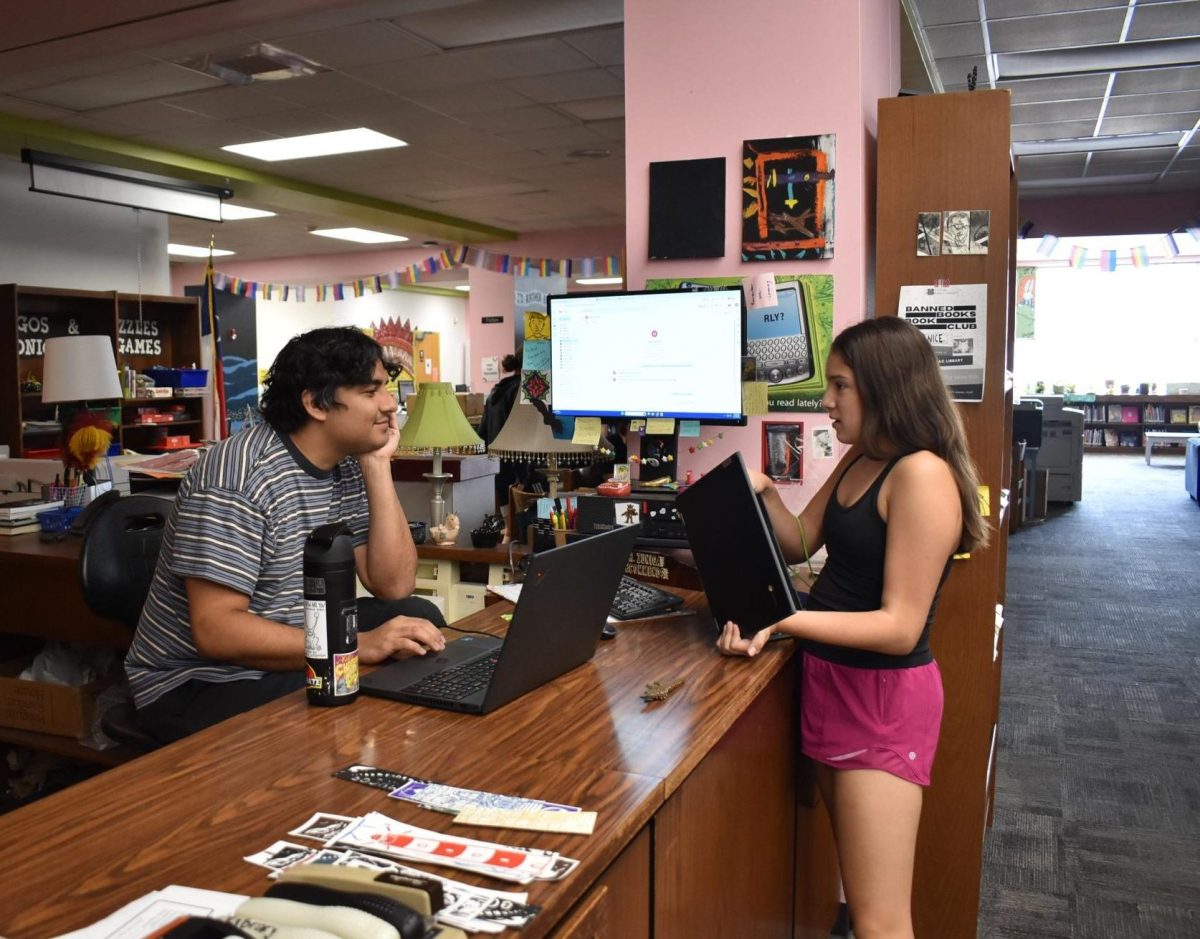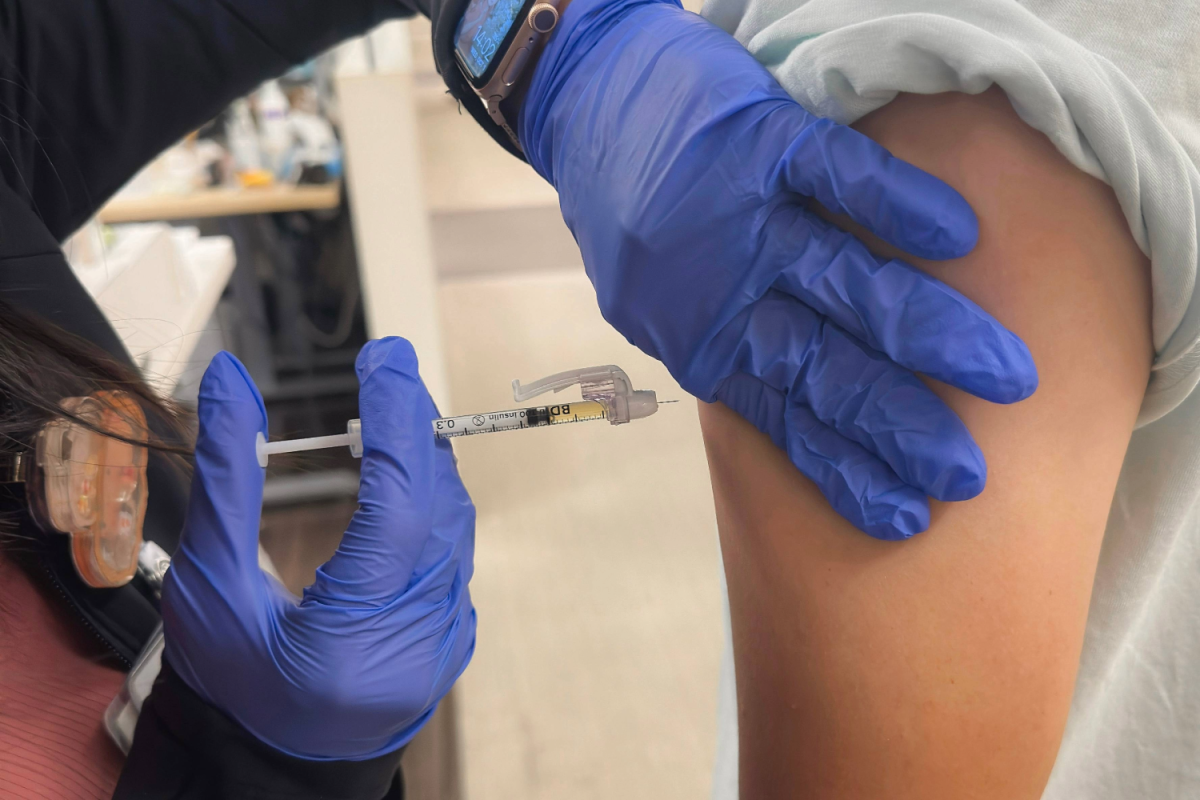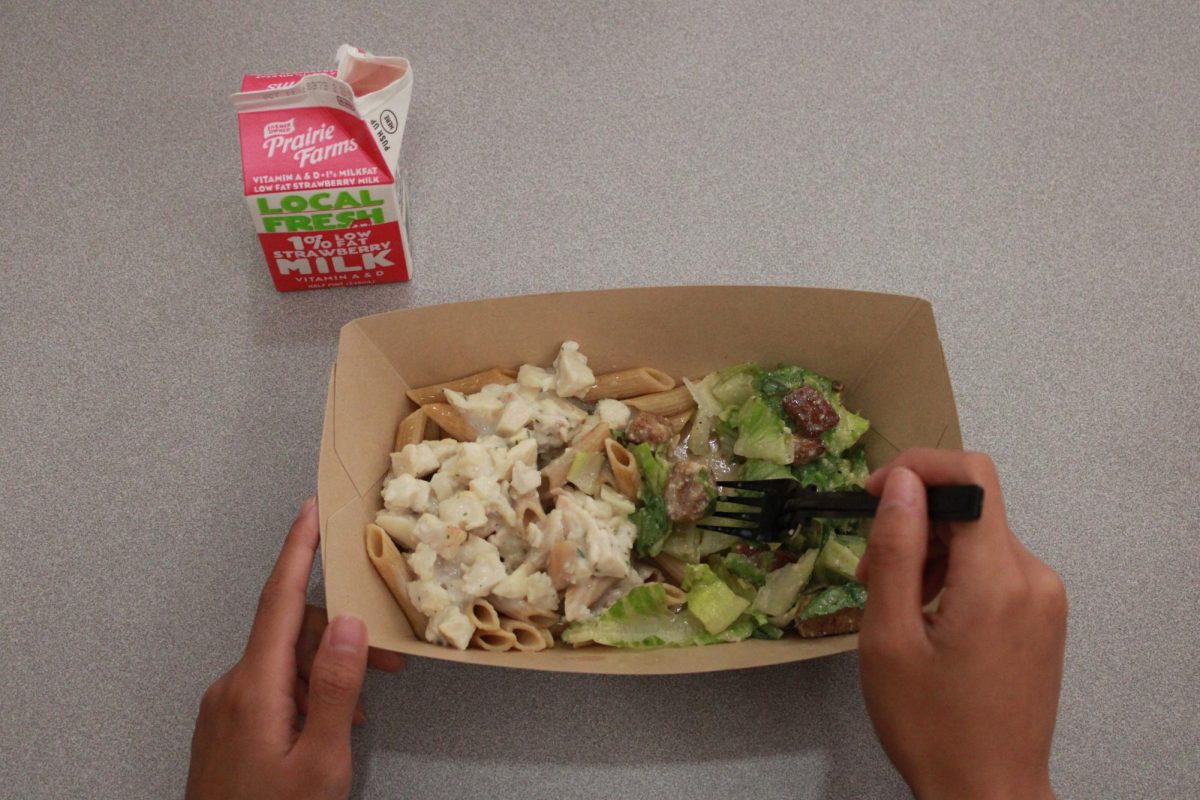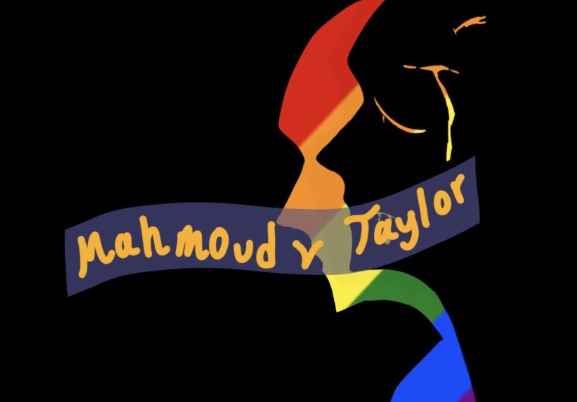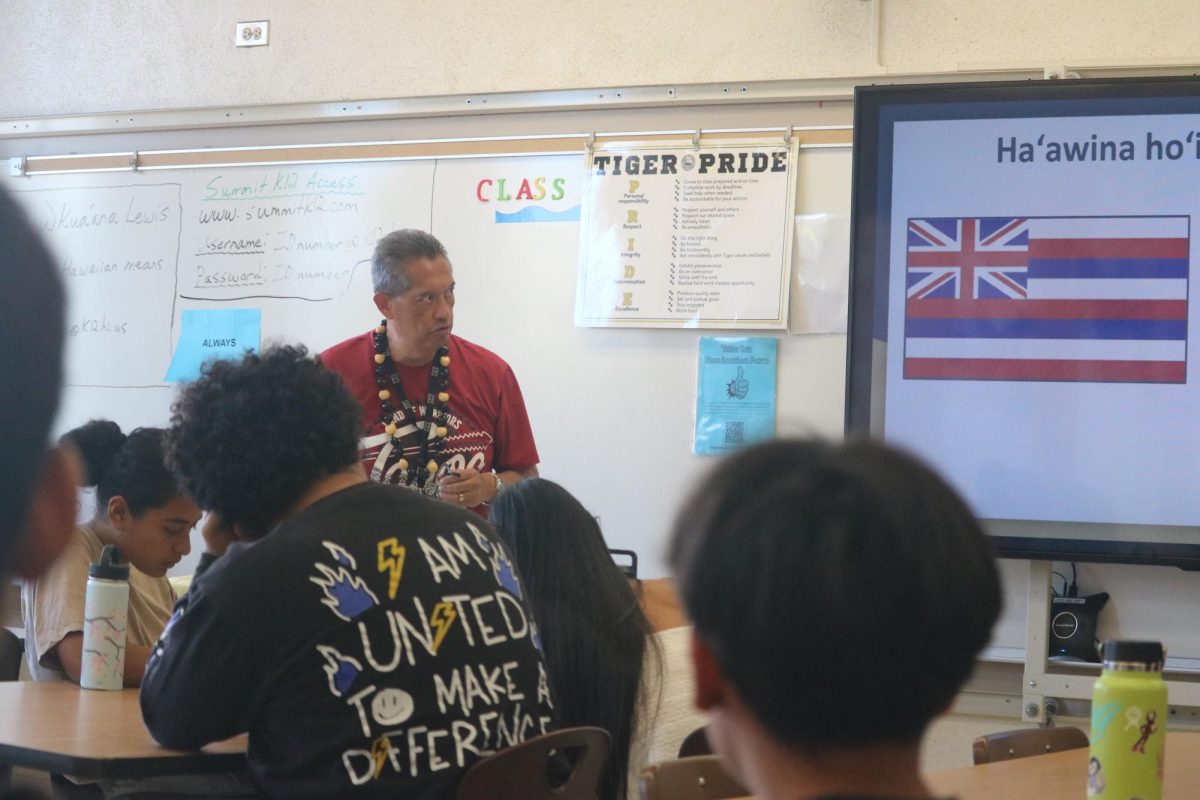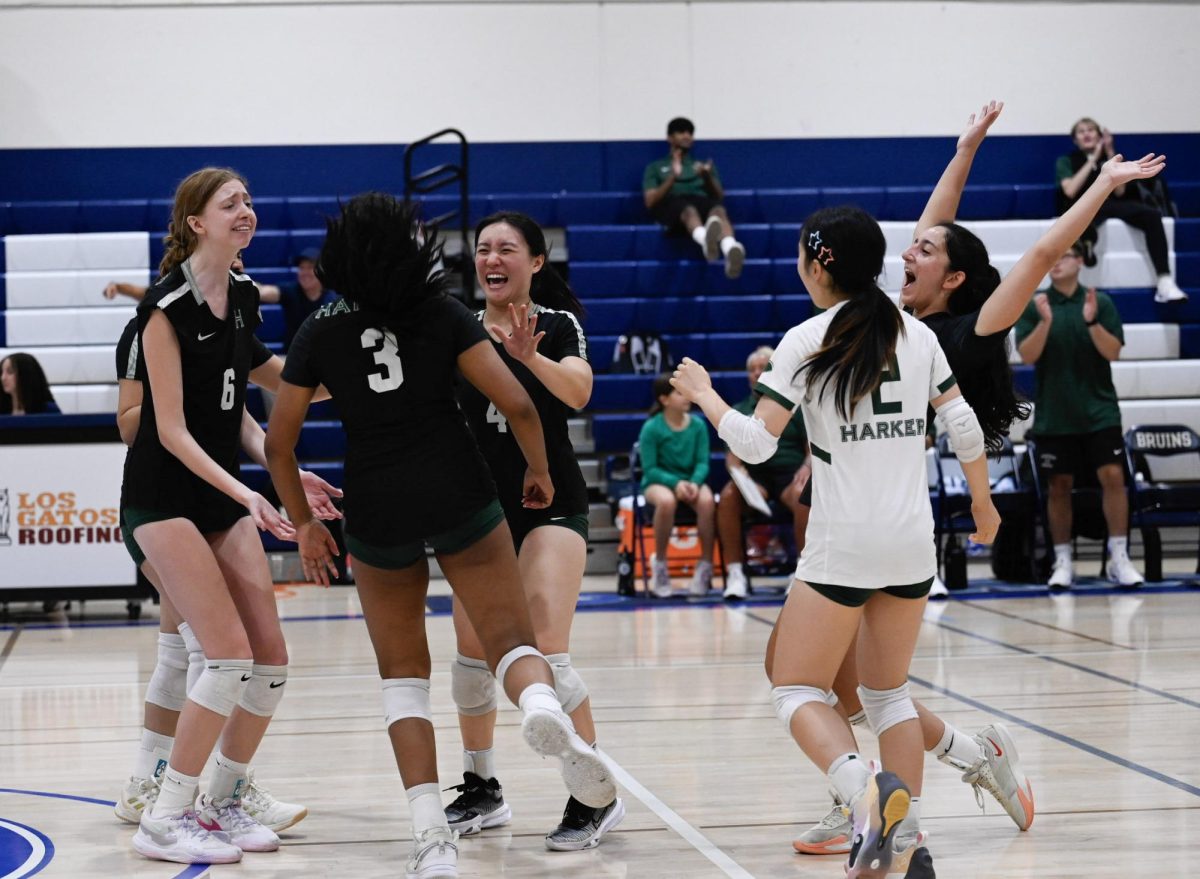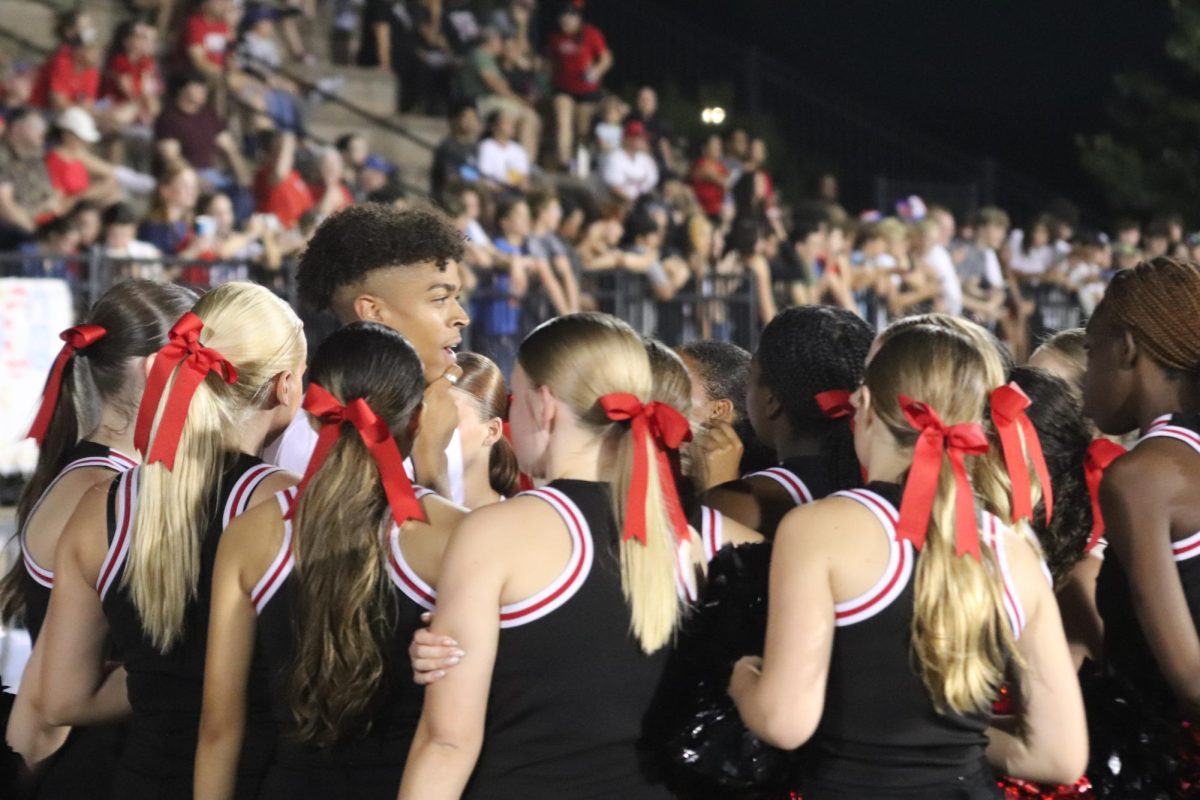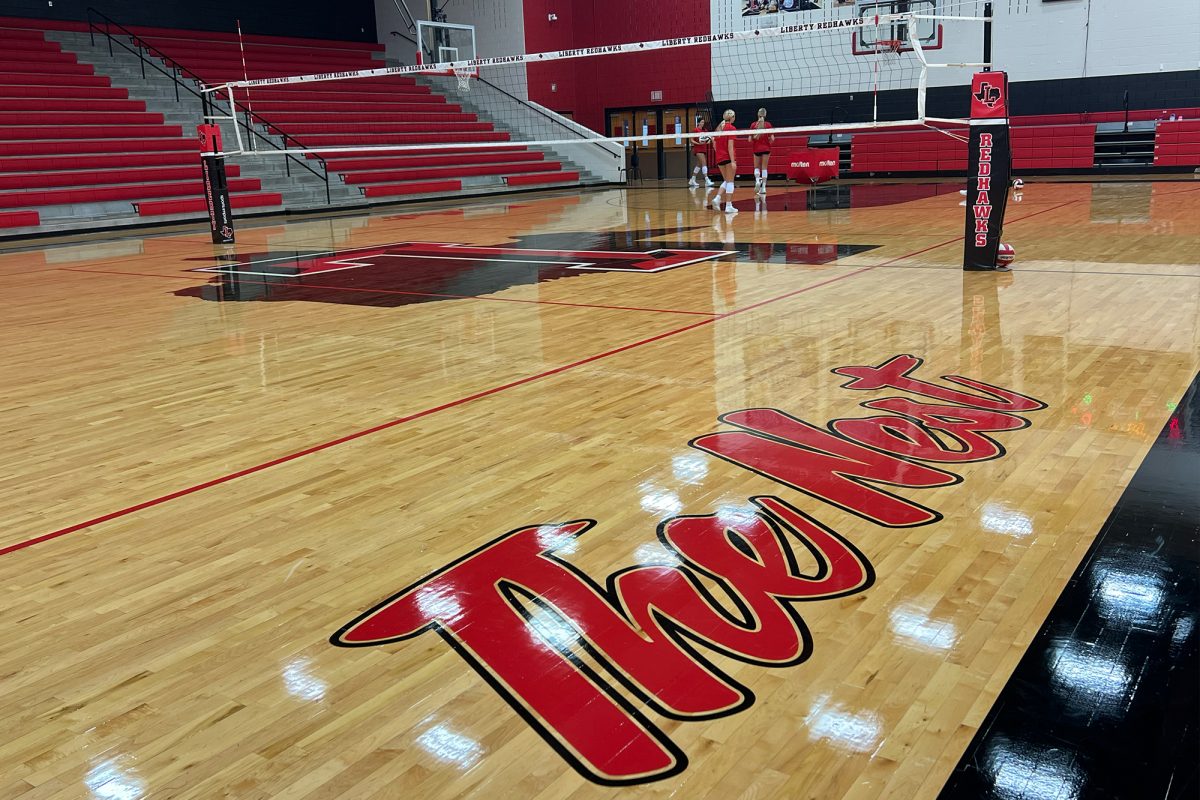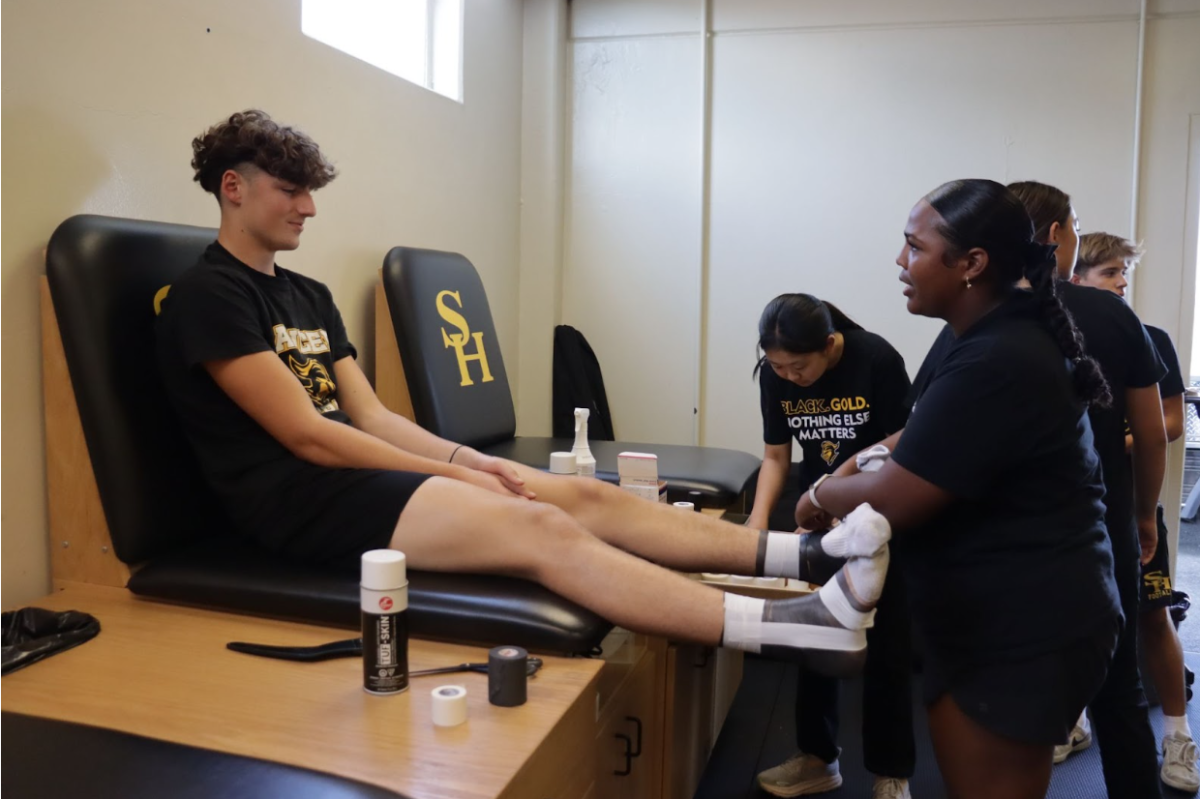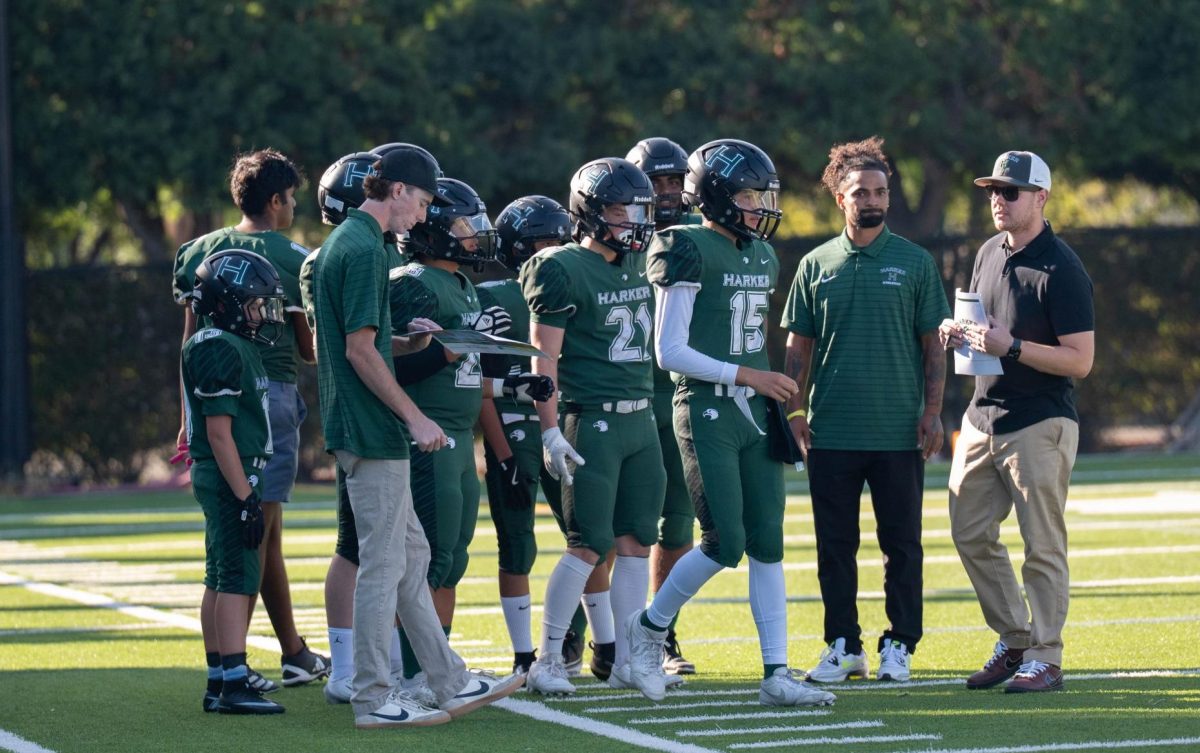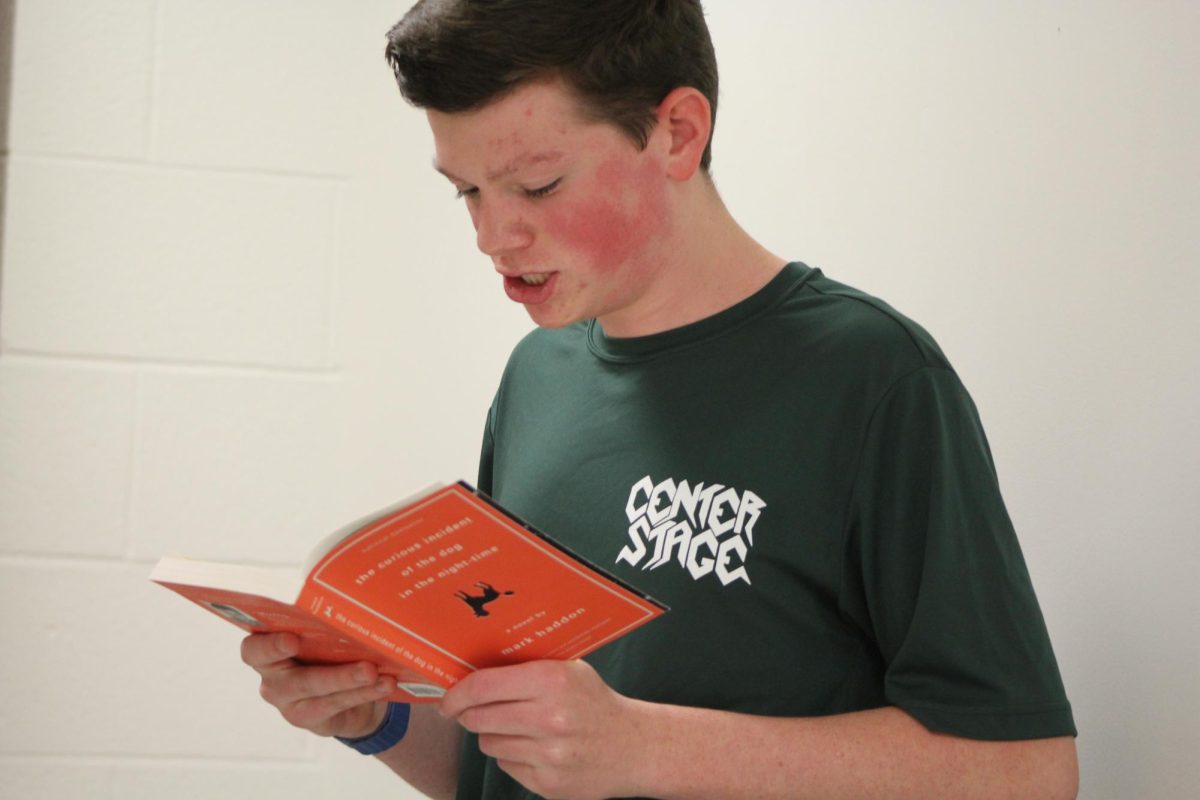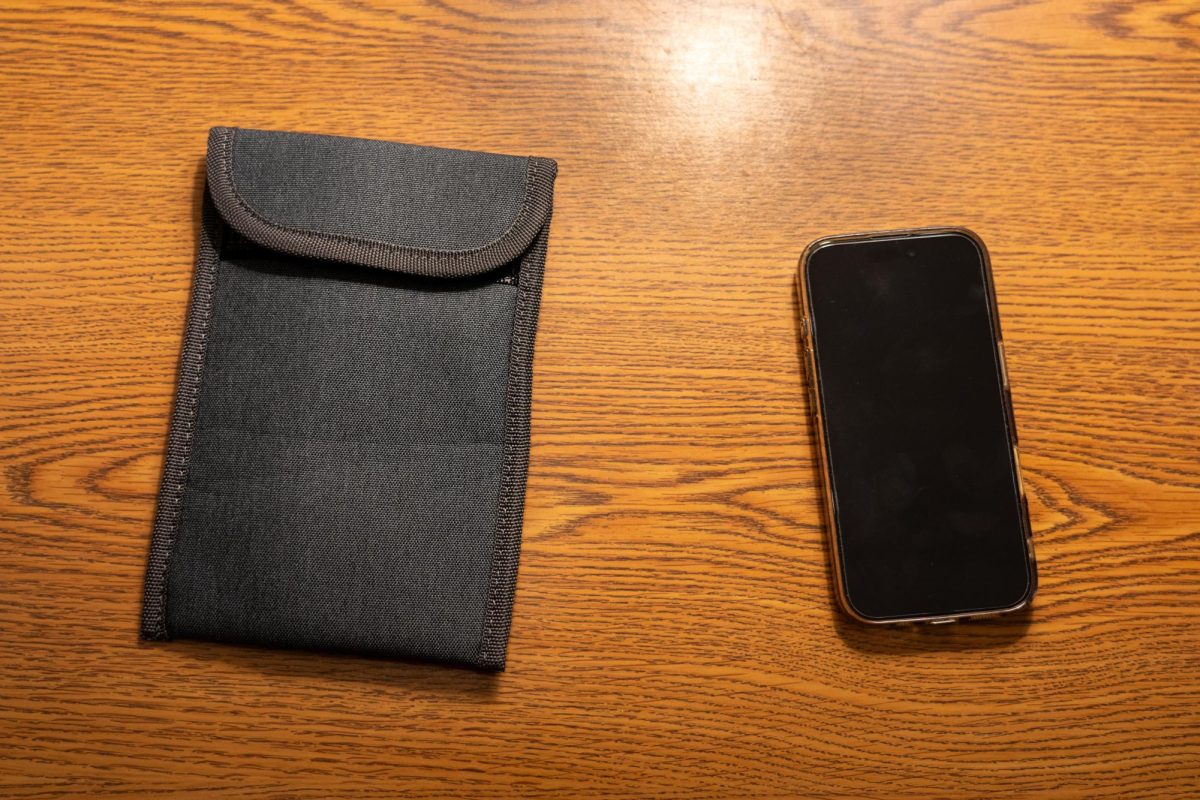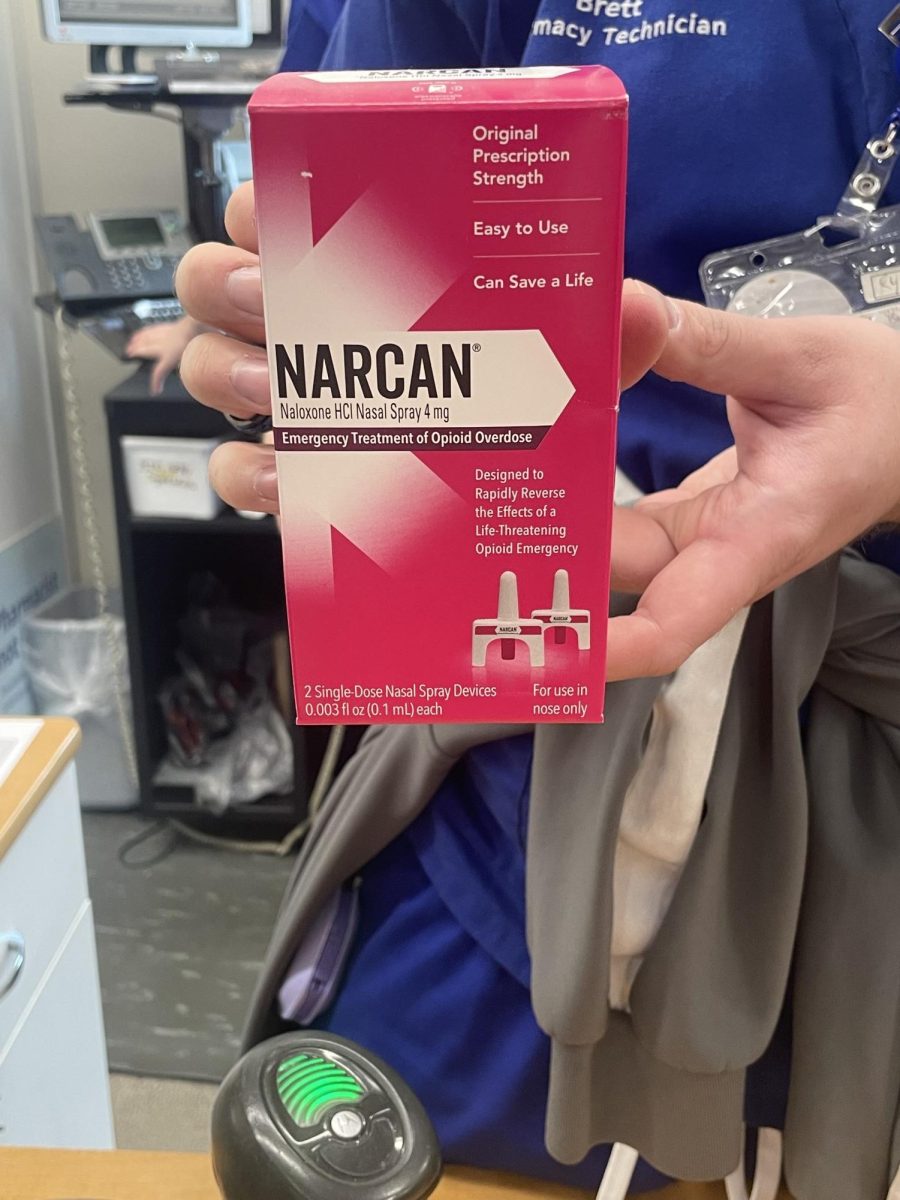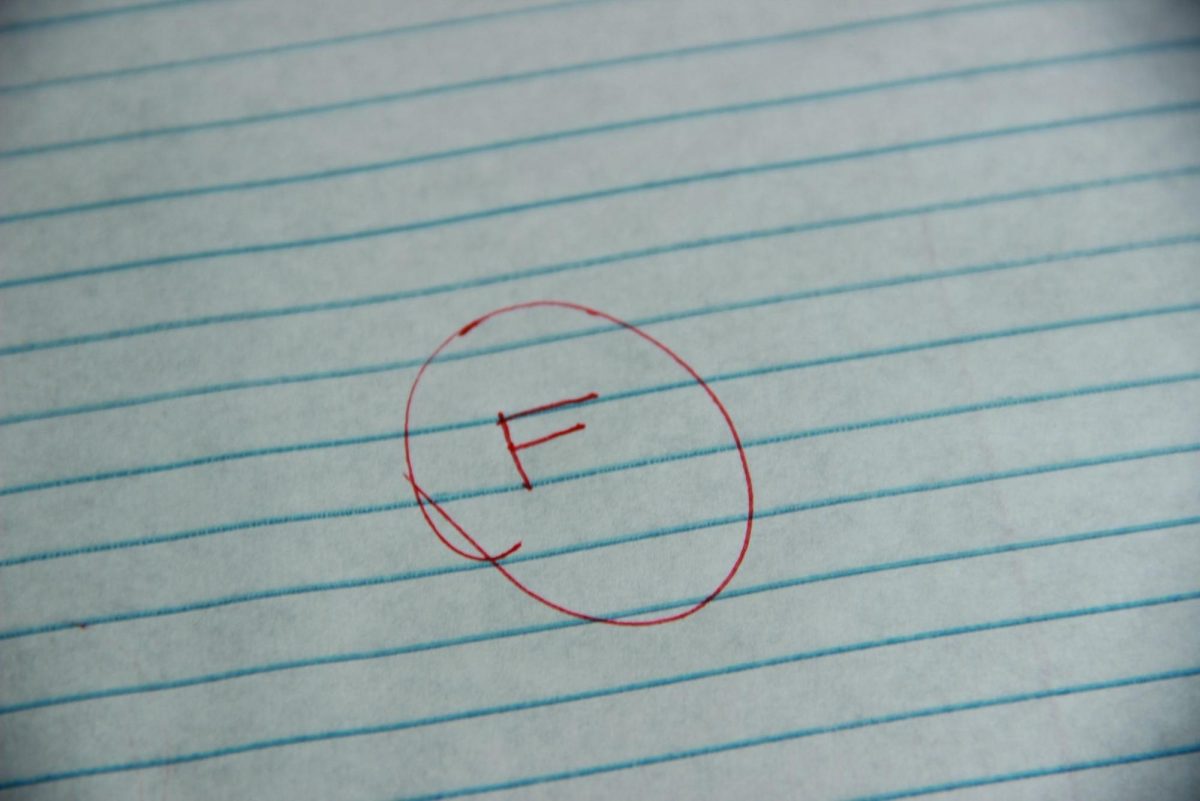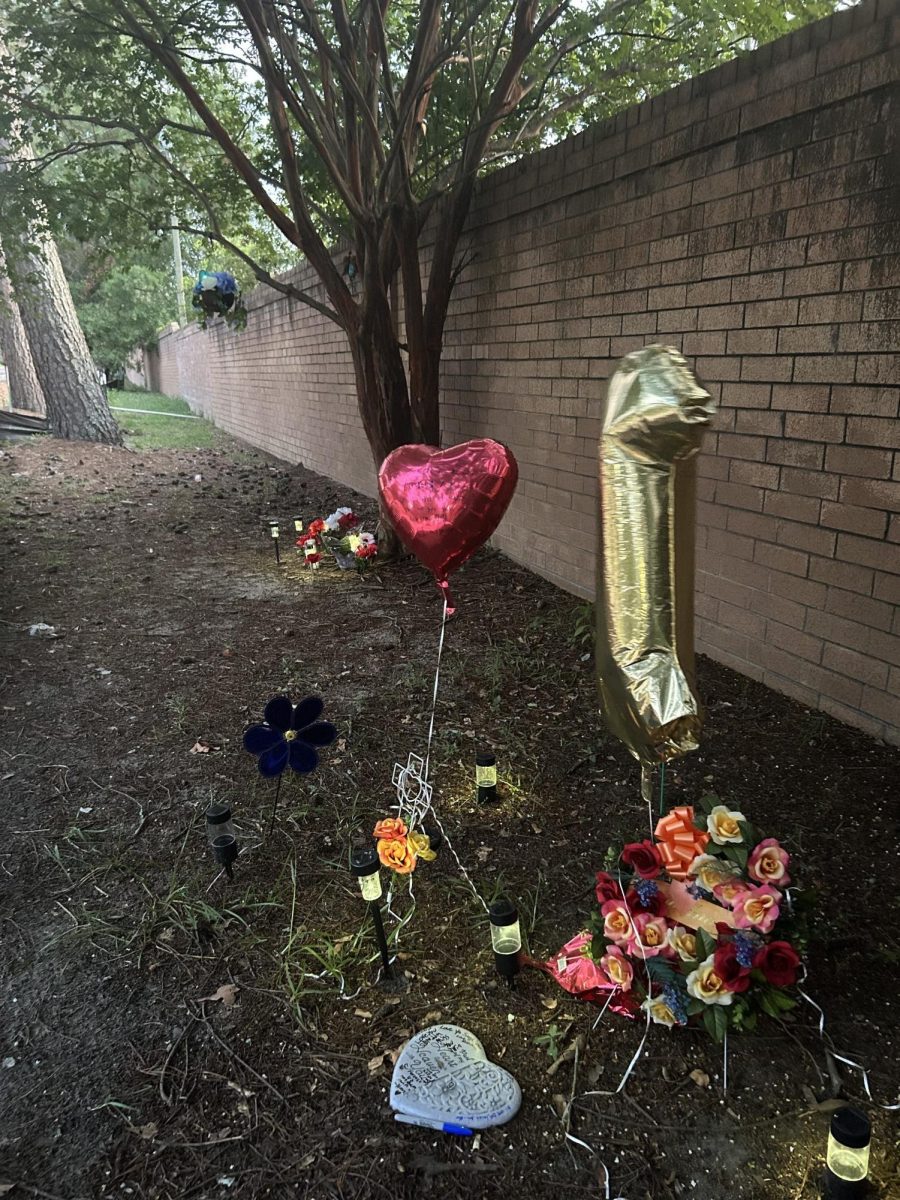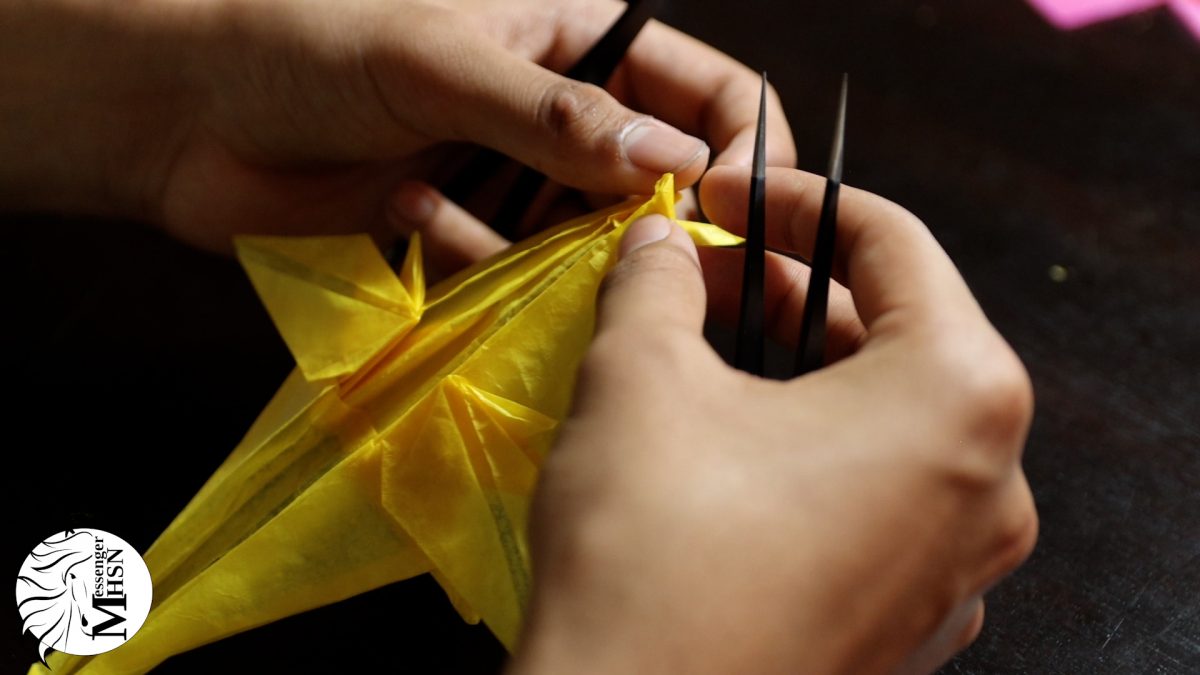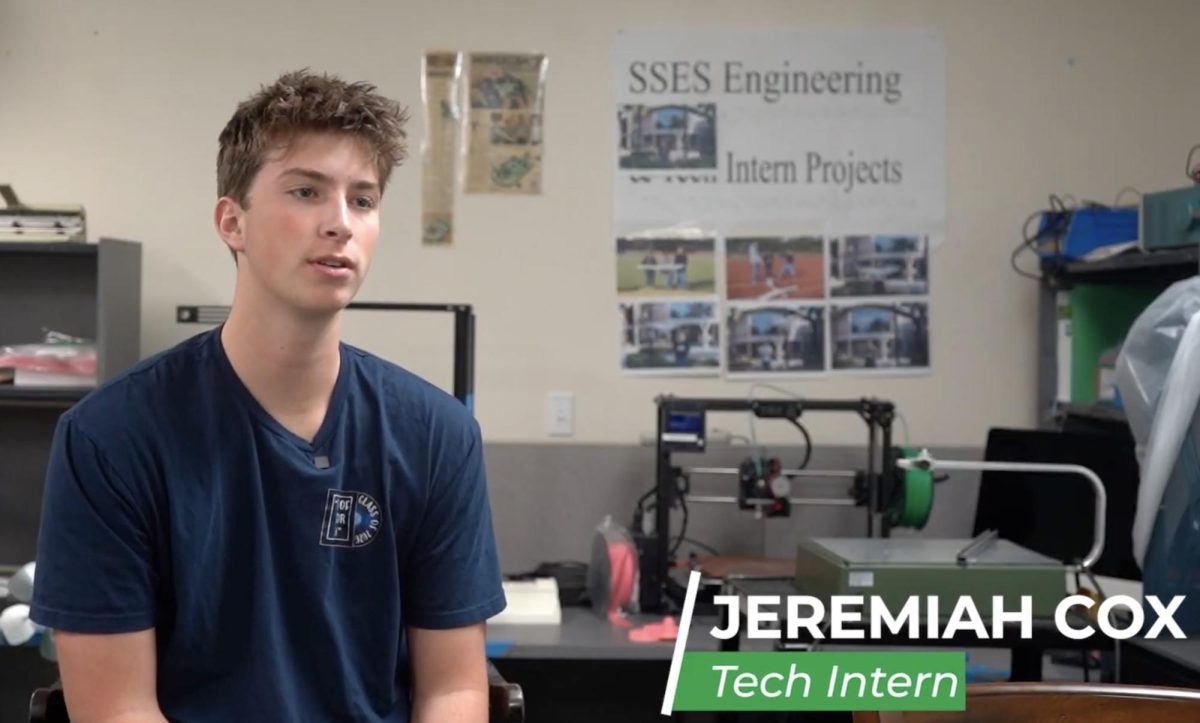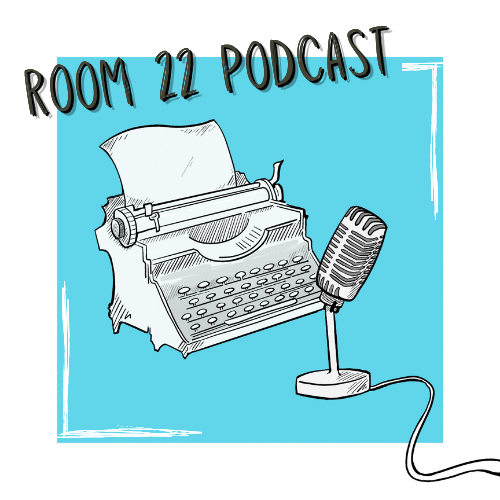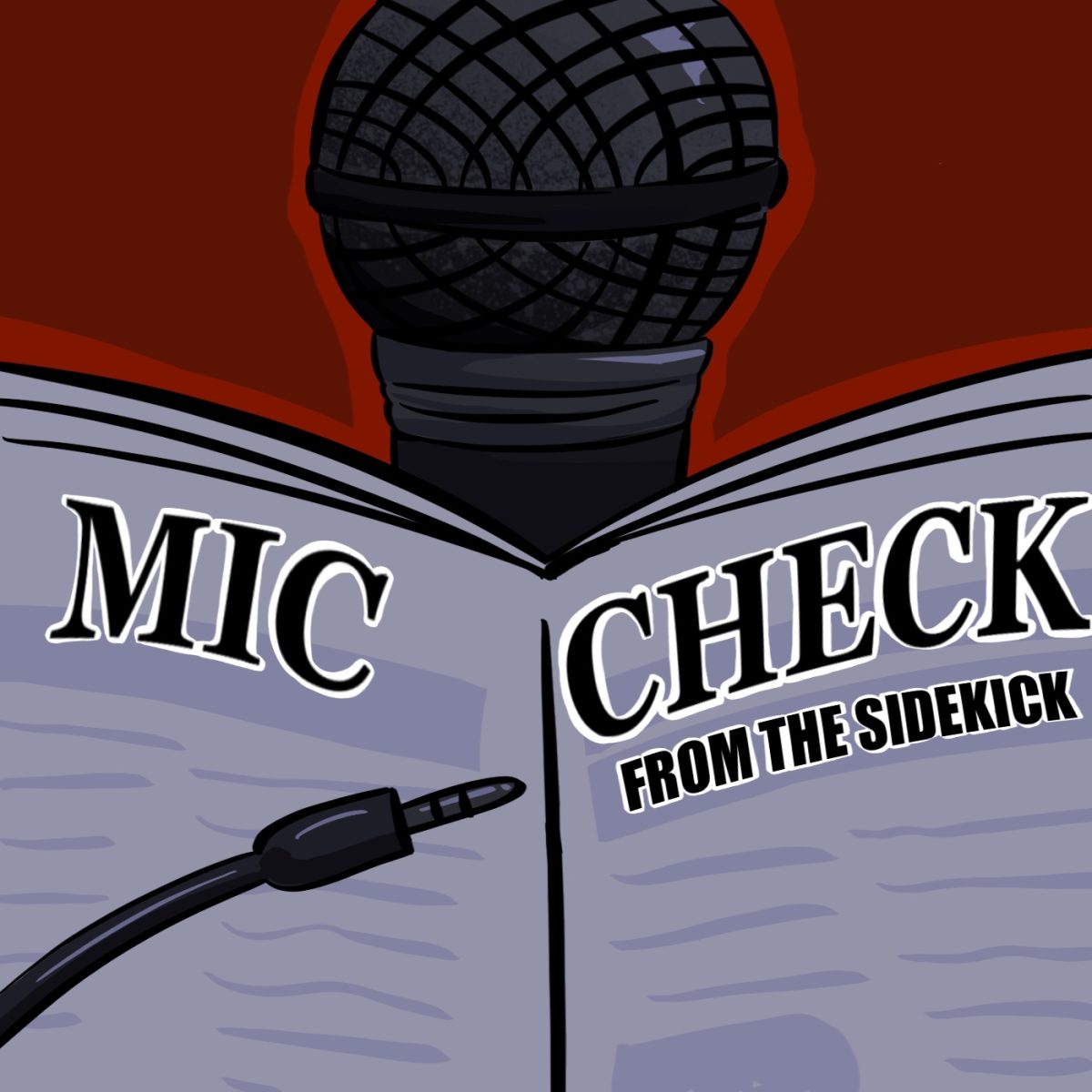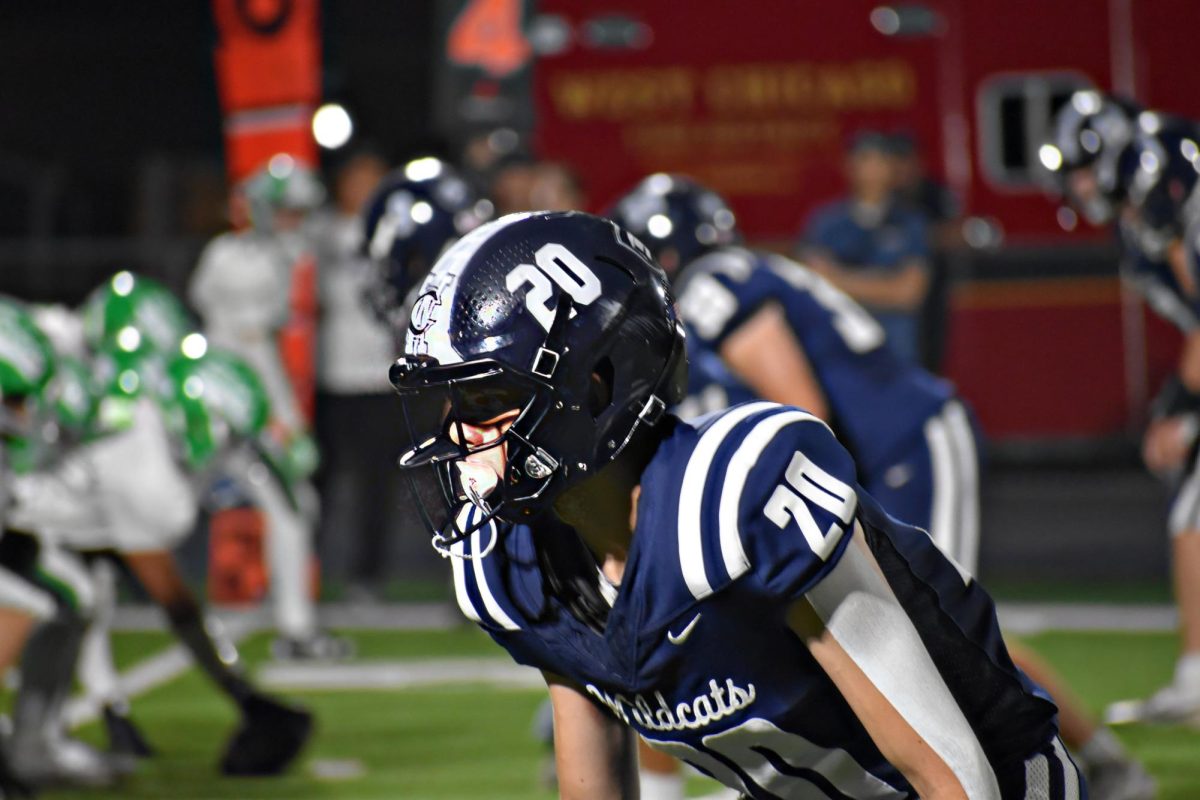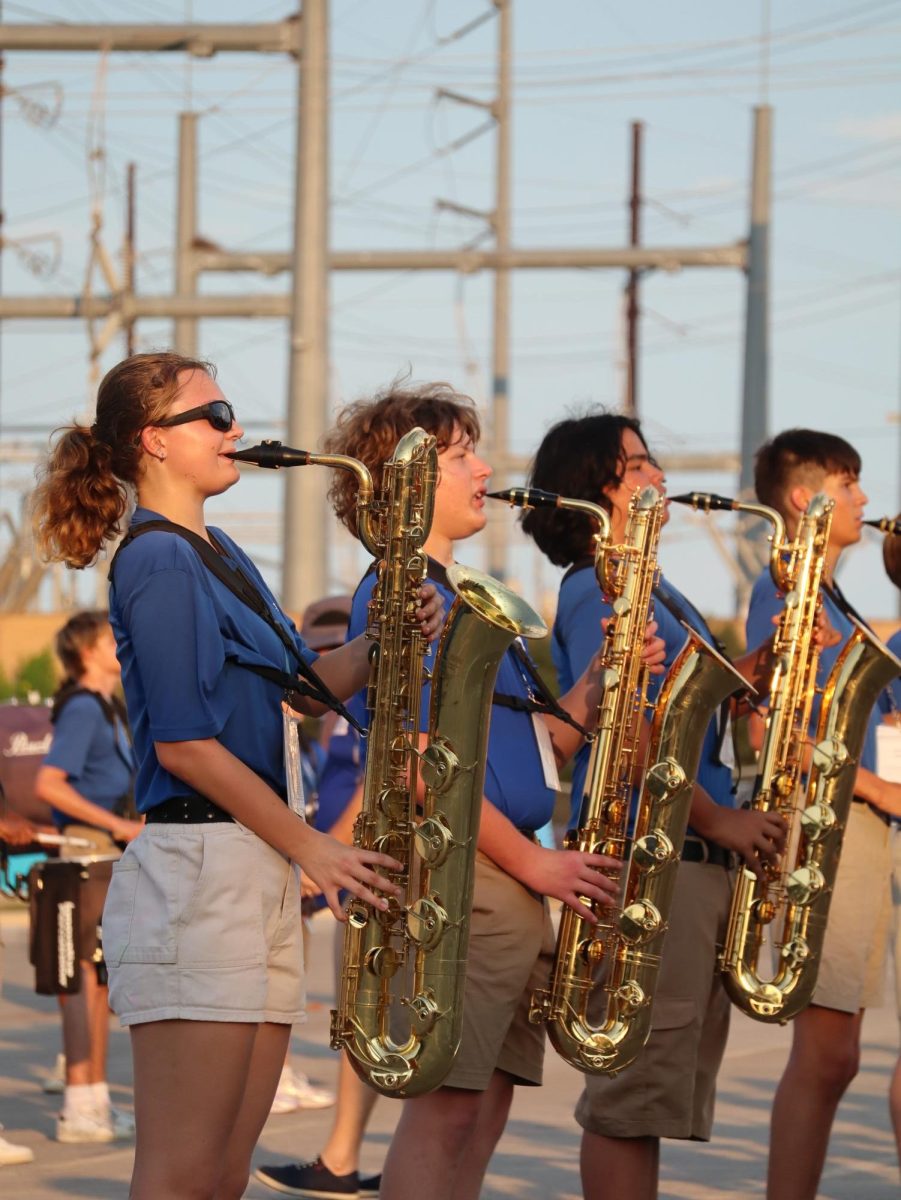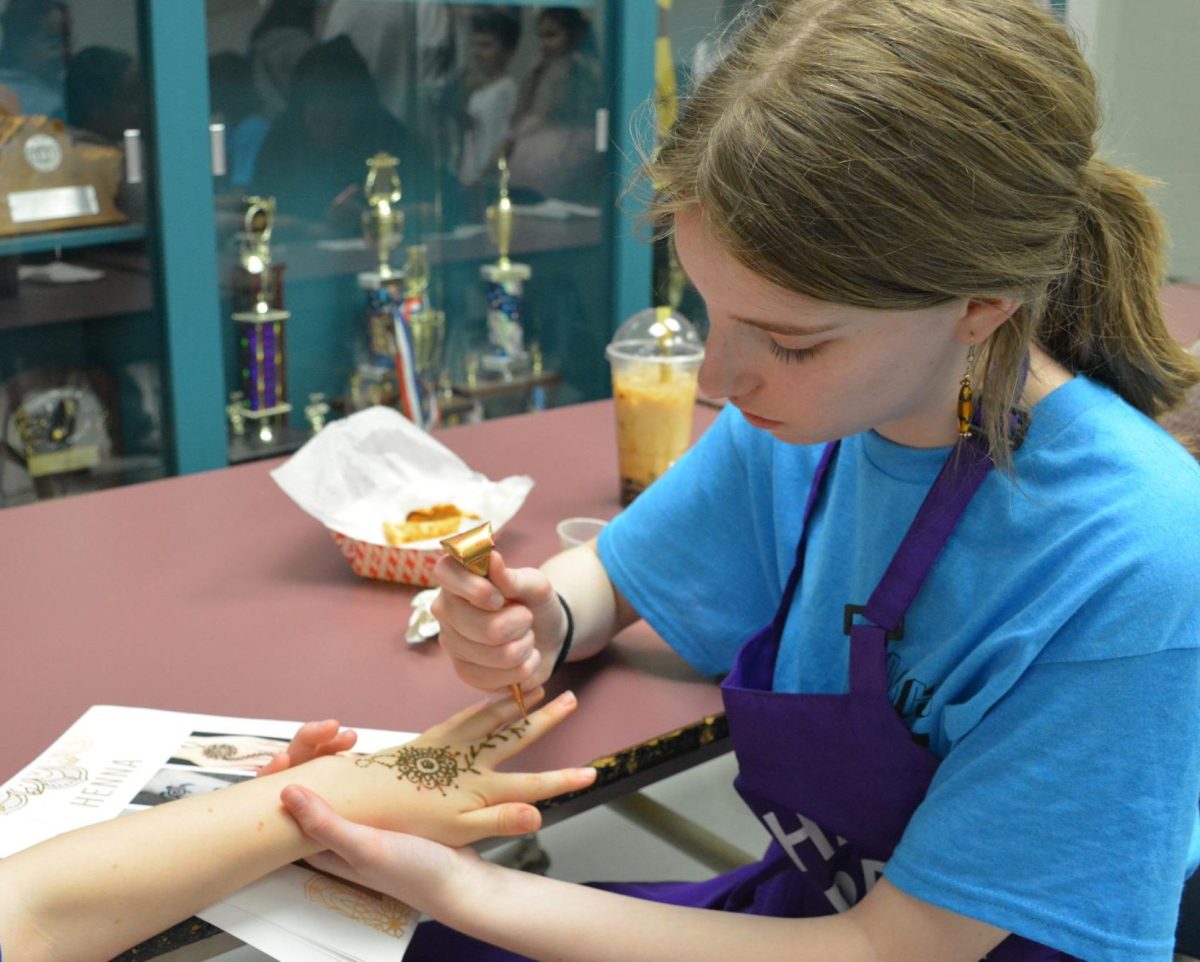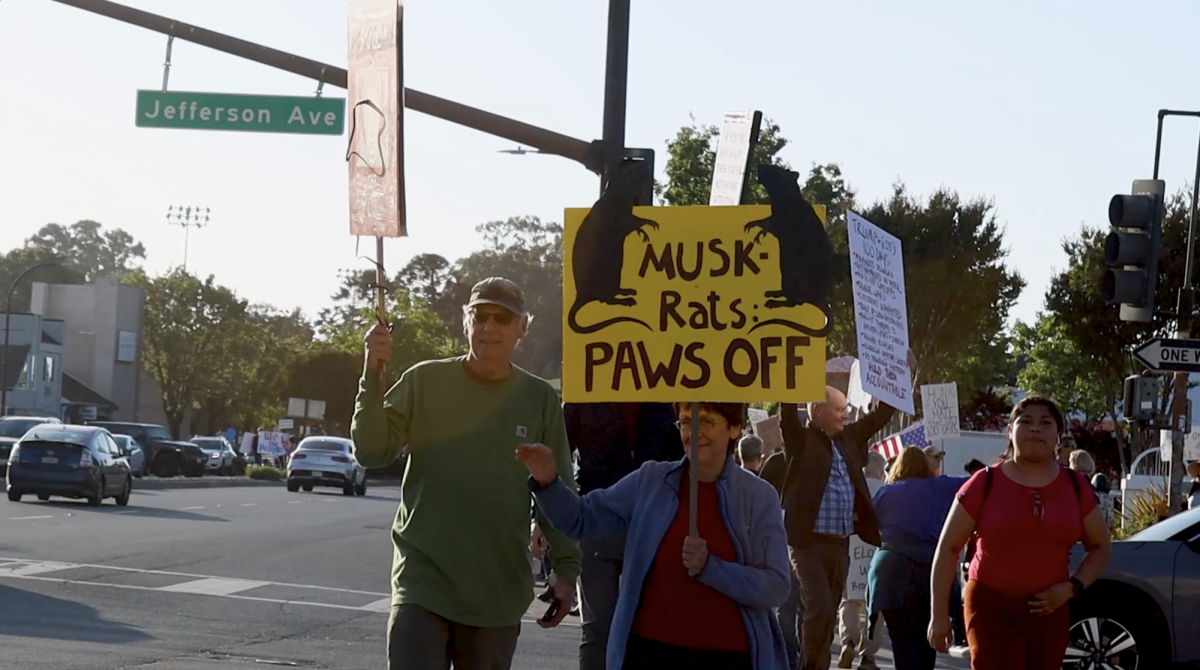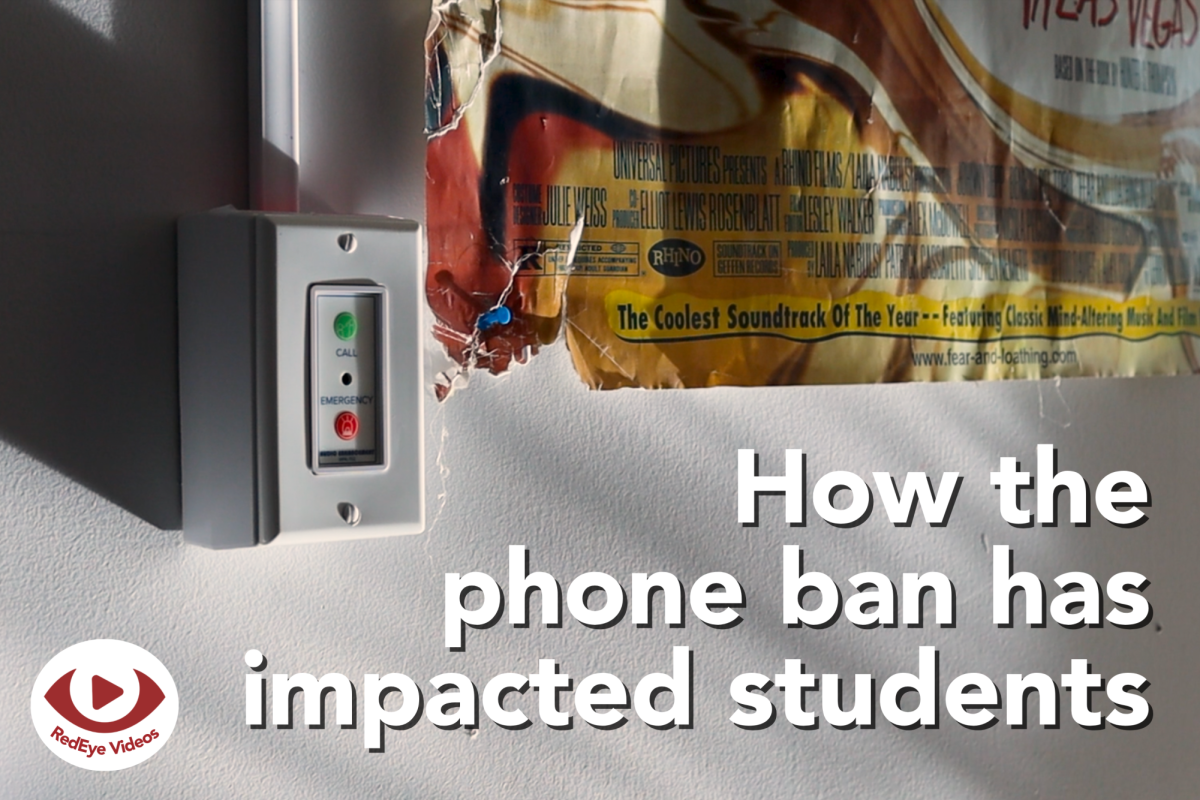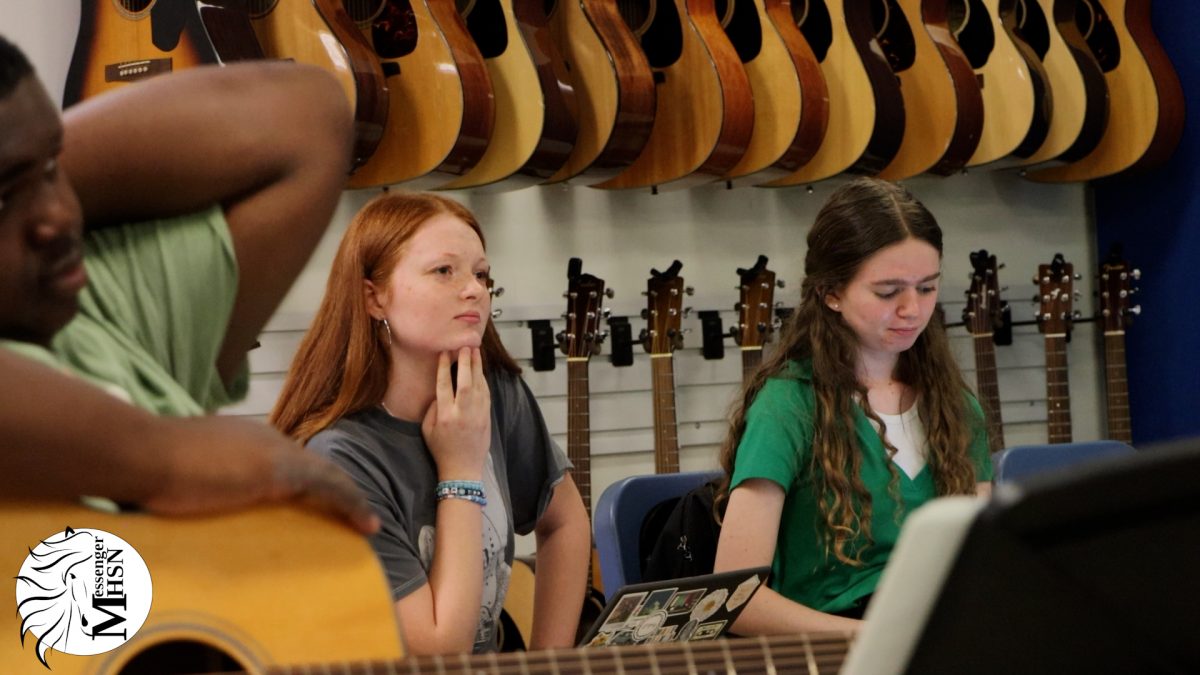The 2025-2026 school year began with an introduction to the cell phone ban, prohibiting the use of WiFi-enabled personal electronic devices on school grounds unless they are being used for approved educational purposes. Assistant Principal of Organization Ellen Fee emailed students the official school phone policy on Aug. 27. The policy dictates that students must put their phones into a velcro phone pouch upon entering school; their phones should remain on their person or in their backpack until dismissal. If any school official were to see a student using their phone without permission from a teacher, it would result in confiscation.
For most of us, our phones are more than just technology. They’re our safety nets. We rely on them for nearly everything, from texting our parents what time we’ll be home, to searching up advice on how to do our math homework. Phones are important, and they are our connection to the outside world.
Townsend Harris High School’s policy shows as much care from the administration about the concerns of students as allowed by state law. Over the summer, the members of the Editorial Board worried about whether students would be able to access their phones and other electronic devices in order to use them for educational purposes. The school’s policy, with easy-to-open cell phone pouches, made it clear that they were willing to put into practice a feasible way to use personal devices for educational purposes during school hours that was in line with New York State law and NYC policy.
THHS’s policy also shows trust in students. Administrators likely know that students are easily able to open the velcro pouches, yet it was still chosen as THHS’s method. According to The Spectator, at Stuyvesant High School, which has a similar policy to THHS, September is serving as a trial period for the school’s policy. The Spectator reported that the student government shared a message in August saying that if students do not follow the rules in September “the administration will have no choice but to begin checking cameras, and regardless of how tedious this is, deans and teachers will go to your location and take away your device.” THHS’s administration and Student Union have not suggested that September is working as a “trial” and are instead trusting students to follow the policy.
As the Editorial Board has previously stated, we oppose the statewide cell phone ban. But considering that this ban is already in place and is now state law, we must consider the fact that Townsend Harris’s policy is comparatively lax and trusting of students when compared to other schools. For example, at John Adams High School in Ozone Park, phones are placed in Ziploc bags for the school day and returned during each student’s last class of the day. According to the Queens Chronicle, at Richmond Hill High School, students must put their phones away in fully locked pouches. And at Bronx High School of Science, students have been banned from having phones on their person at any time.
While THHS has four computer labs and multiple Chromebook carts, the reality is that there are simply not enough school-provided electronic resources for all 1,333 students. Compounded with that, the school was only provided with about $25.90 per student to assist with implementation of the cell phone ban. This funding is clearly meant for storage of cell phones, but since many of our students rely on cell phones as their only electronic device during the school day, the funding the school really needs is for electronic equipment. In that regard, the amount provided is nowhere near enough to purchase devices for every student, considering Chromebooks cost around $300.
This policy is not perfect. But THHS’s administration has made the best of the bad situation forced upon us by New York State, and we owe them thanks for that.
This story was originally published on The Classic on September 30, 2025.

